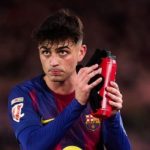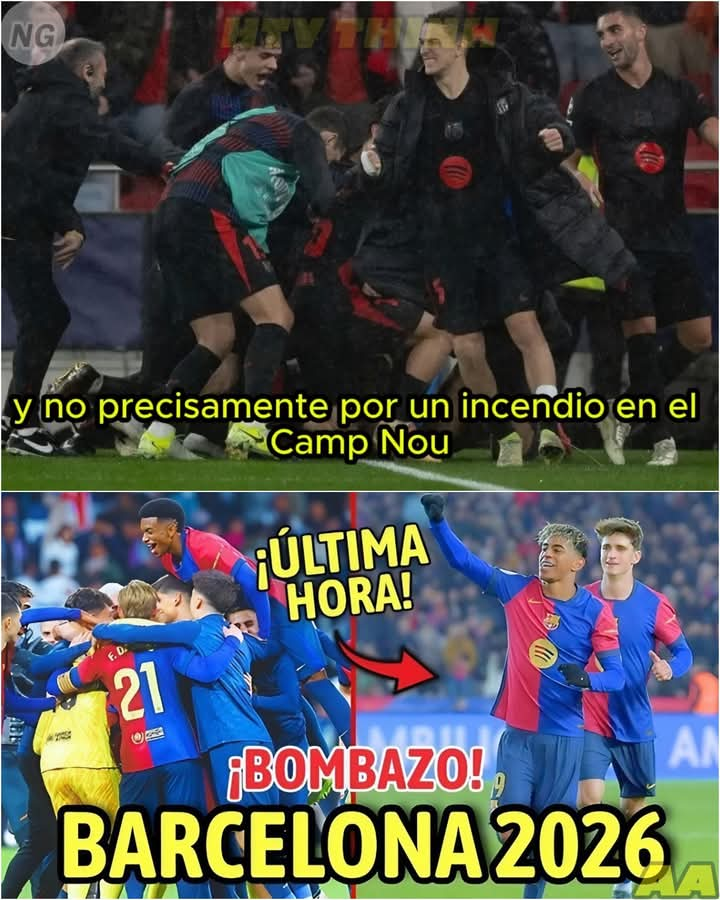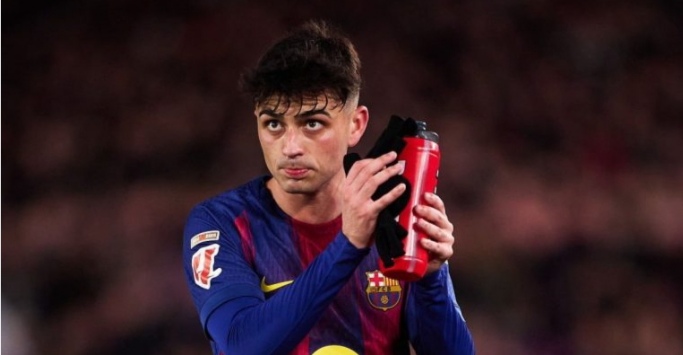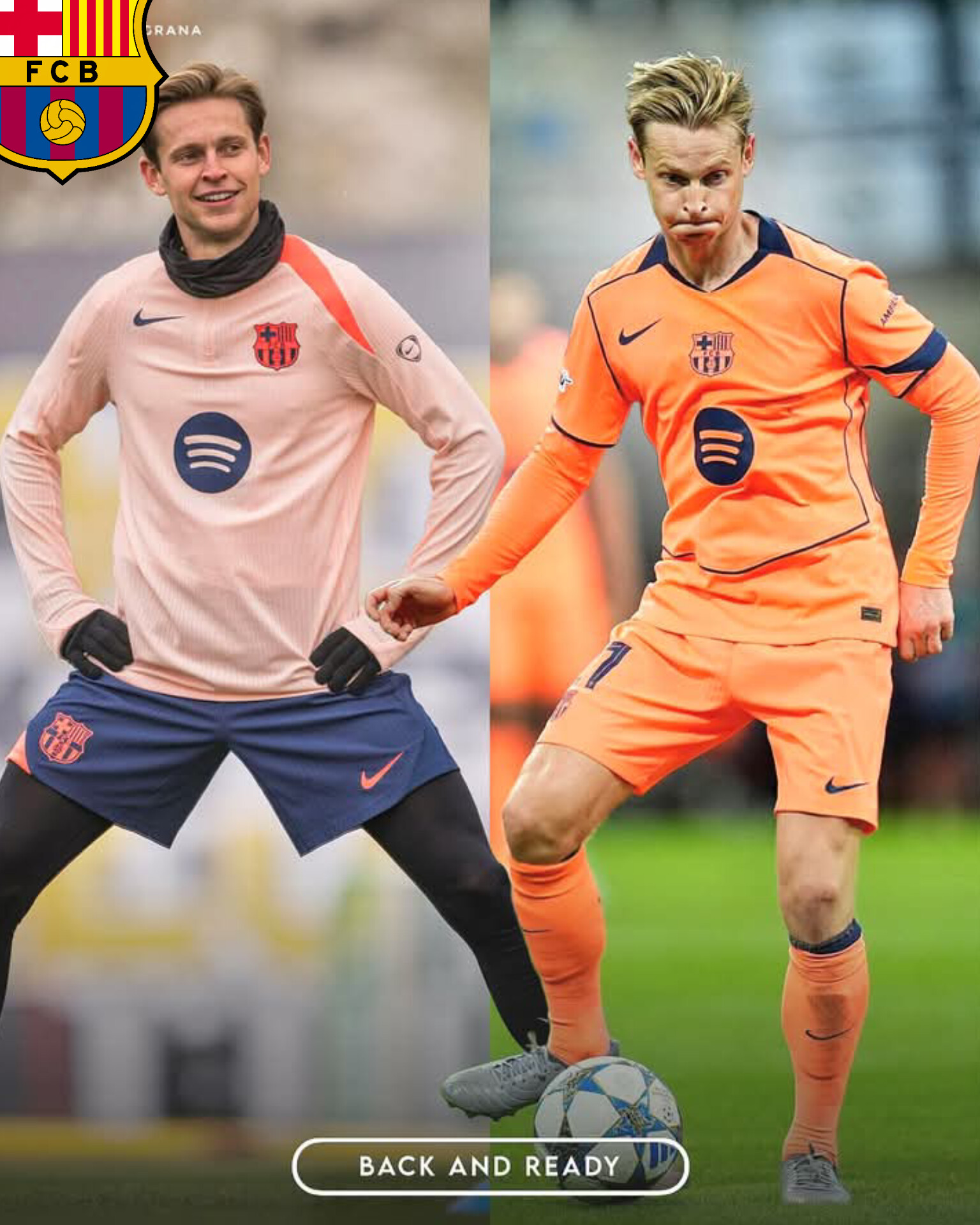The 2025–2026 season signals a new era for FC Barcelona, as the club embarks on an ambitious transformation under the leadership of head coach Hans “Hansi” Flick.
After a turbulent 2024–2025 campaign that included the high of a Spanish Supercup triumph over Real Madrid and close calls in La Liga and the Champions League, Barça is determined to reestablish itself at the summit of global football.
This transformation goes beyond simply acquiring top players. It centers around tactical evolution and building a squad that can dominate with a distinct and modern identity. Barcelona’s current roster is a blend of youthful flair and experienced resilience.
At just 18, Lamine Yamal has become a global sensation thanks to his thrilling wing play. Pedri, often called the “Canary magician,” orchestrates the midfield with finesse, while Gavi brings relentless energy and tenacity. These academy-bred stars embody Barcelona’s core values of nurturing talent and combining it with elite competitiveness.
Club president Joan Laporta and sporting director Deco are capitalizing on improved financial stability to significantly upgrade the team. The days of relying on modest loans and cut-price transfers are over—Barcelona is now targeting top-tier talent that fits Flick’s system.
One of the standout additions is Jonathan Tah. The German central defender joins from Bayer Leverkusen on a free transfer and brings a powerful blend of leadership, physicality, and technical skill. Alongside Pau Cubarsí, he’s expected to anchor a strong backline that allows fullbacks like Alejandro Balde and incoming target Juan Foyth to push high and support the attack.
Foyth, the adaptable Argentine from Villarreal, is seen as an ideal right-back. His ability to function as both a defender and midfielder, along with his technical abilities, aligns perfectly with the club’s style. At around €30 million, he represents excellent value for a player expected to be a regular starter.
In midfield, the potential arrival of Joshua Kimmich could be transformative. Known for his tactical intelligence and versatility, Kimmich can operate as a defensive midfielder, interior, or even a fullback. A midfield partnership with Frenkie de Jong would combine strength, creativity, and composure, while Pedri and Gavi add dynamism and flair in advanced roles.
Barcelona’s attack is also being reshaped. The club is close to signing Nico Williams from Athletic Club, whose lightning pace and one-on-one ability would make him a perfect complement to Yamal on the opposite flank. The reported €58 million investment underlines the club’s focus on speed, youth, and unpredictability in the final third.
In goal, Barcelona is preparing for the future by scouting young prospects to challenge Marc-André ter Stegen. One name high on the list is Joan García of Espanyol, a young goalkeeper noted for his sharp reflexes and high ceiling.
Tactically, Flick is taking Barcelona’s style to the next level. Moving beyond traditional tiki-taka, he favors a 4-2-3-1 formation that emphasizes high pressing, fast transitions, and controlled aggression. The defensive line will push high, with ball-playing center-backs like Tah and Cubarsí launching attacks. Balde and Foyth will act as auxiliary wingers, constantly overlapping.
The midfield pivot of Kimmich and de Jong provides both stability and playmaking ability. Pedri will thrive in a freer role behind the striker, threading incisive passes and creating chances, while Gavi applies pressure and disrupts the opposition.
Up front, the pace of Yamal and Williams on the wings, paired with the veteran presence of Robert Lewandowski—or potentially a new striker like Alexander Isak—promises a lethal attacking setup.
Flick’s philosophy is rooted in relentless pressing from front to back, suffocating opponents and forcing errors. Set-pieces will also be a major asset, with Kimmich’s delivery and Tah’s aerial threat making dead-ball situations more dangerous than ever.
La Masía, the heart of Barça’s identity, remains a cornerstone of the club’s strategy. Players like Cubarsí and Balde are leading a new generation, while prospects such as Mark Guen and goalkeeper Diego Kochen are knocking on the first-team door, ensuring the club’s future is in good hands.
The psychological dimension of the season will be as crucial as the physical. Barça aims to strike fear into opponents before the first whistle, with the Camp Nou set to become a fortress once again. Classic rivalries—with Real Madrid, Bayern Munich, Manchester City, PSG, and Liverpool—will only heighten the stakes.
In essence, the 2025–2026 season represents a renaissance for FC Barcelona. Strategic signings, a clear tactical identity under Flick, and the continued rise of homegrown talent all point toward a club ready to dominate both domestically and on the European stage. More than just a team rebuild, this is a revival of the Barça spirit—a symbol of footballing excellence, innovation, and passion.










